All were… shocked.
The day after the 46% reciprocal tax rate was announced, raw shrimp prices in the Mekong Delta region - the largest shrimp producing region in the country - began to fall sharply, with a decrease of 10,000-20,000 VND/kg in some large-sized shrimp segments. This is understandable, as this is the segment consumed the most in the US market. Not only did prices drop sharply, but consumption was also very difficult when some shrimp farmers said they could not contact traders to sell shrimp, even though they were regular customers for many years. Businesses were equally worried when customers in the US requested to temporarily suspend deliveries of shipments under contracts for delivery in April and May to await the results of negotiations between the two governments.
Businesses take advantage of the 90 golden days to boost exports and seek markets to overcome difficult times.
They are worried because on the morning of April 3, as soon as the news of the US imposing a high tax rate of 46% was announced, about 37,500 tons of various types of seafood were being transported to the US and about 31,500 tons of goods were expected to be exported in April-May 2025. Along with that, orders were signed for 2025, with a total output of about 38,500 tons. Of these, the most worrying are the 37,500 tons of seafood on the way to the US and the 31,500 tons expected to be exported in April and May. The worrying thing is that, if nothing changes, when the 37,500 tons of seafood arrive in the US, businesses will have to pay a 46% reciprocal tax, and the 31,500 tons expected to be exported in April and May will certainly be stuck, not knowing who to sell to because each market has different requirements regarding: design, size, processing method...
Over the years, the US has always been Vietnam's largest traditional shrimp export market, accounting for about 20% of total shrimp export turnover, with turnover ranging from 800 million USD to 1 billion USD. Currently, there are more than 400 Vietnamese enterprises exporting and planning to export seafood to the US market with large, high-value orders. In the context of high competition and anti-dumping taxes, the main method of transporting seafood products is DDP (delivery to warehouse) when exporting to the US, meaning that Vietnamese enterprises must pay all costs (transportation, insurance, tax) before delivery and wait for payment from US partners. Not only that, Vietnamese shrimp also has to struggle to compete with cheap shrimp from Ecuador and India, now having to bear an additional tax rate of 46%, which is very high compared to the two major competitors, India at 26% and Ecuador at only 10%, so withdrawing from the US market is no longer a prospect.
Seize the golden time
The recent decision by the US President to postpone the application of the 46% reciprocal tax for 90 days has helped 37,500 tons of seafood on the way to the US and 31,500 tons scheduled for delivery in April and May escape this high tax, although they are still subject to the 10% tax like most other countries. The first bottleneck has been resolved, the worries of businesses have also been somewhat alleviated, but the hustle and bustle has been multiplied due to having to take advantage of this golden time to resolve contracts. This is also the reason why our calls to the directors of some close shrimp businesses still encounter many difficulties in being able to connect, but the exchange time is very quick, even though they are very close.
The US President's decision to postpone the application of reciprocal tax is really good news, helping businesses and shrimp farmers have more opportunities and confidence in this shrimp crop. That is shown by the fact that shrimp prices have increased again in recent days, consumption is more favorable and shrimp farmers have returned to release more shrimp. The first goal that the Government and businesses expected has been achieved. The next issue is how to bring the reciprocal tax to a sufficient level so that Vietnamese goods in general and seafood in particular can compete fairly with new rivals, which is the main goal, the greater expectation that both the Government and businesses want to achieve. The upcoming negotiations on the reciprocal trade agreement and, further, the bilateral trade agreement between Vietnam and the US will certainly be more difficult and complicated, but we have the right to believe in a better result after these negotiations.
In addition to the expectation that the negotiations between the two governments will achieve positive results, businesses are also proactively developing production and business plans to suit the new situation. Mr. Vo Van Phuc, General Director of Vietnam Clean Seafood Joint Stock Company (VinaCleanfood), said that VinaCleanfood is making efforts to seek and expand potential markets with large shrimp consumption demand, such as Japan, Korea, Canada, and Europe to compensate for orders in the US market if the corresponding tax rate is not changed in a direction that businesses can accept. Most seafood businesses said that adjusting the sales and profit plan for 2025 is almost a must, but more importantly, finding new directions and new markets, focusing on exploiting the advantages of markets that have FTAs with Vietnam and the potential Halal market.
Article and photos: HOANG NHA
Source: https://baocantho.com.vn/thach-thuc-tu-thue-doi-ung-a185426.html


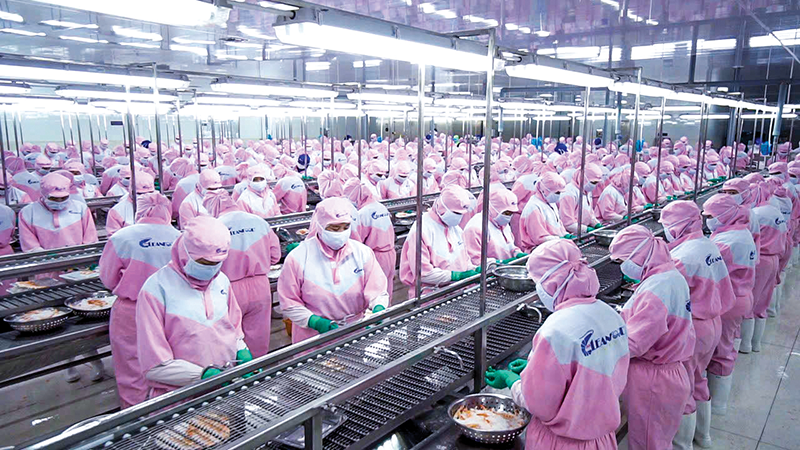
![[Photo] National Assembly Chairman Tran Thanh Man meets with Ethiopian Prime Minister Abiy Ahmed Ali](https://vstatic.vietnam.vn/vietnam/resource/IMAGE/2025/4/16/c196dbc1755d46e4ae7b506c5c15be55)
![[Photo] Opening of the Exhibition on Green Growth](https://vstatic.vietnam.vn/vietnam/resource/IMAGE/2025/4/16/253372a4bb6e4138b6f308bc5c63fd51)
![[Photo] Many practical activities of the 9th Vietnam-China border defense friendship exchange](https://vstatic.vietnam.vn/vietnam/resource/IMAGE/2025/4/16/3016ed3ef51049219574230056ddb741)
![[Photo] Opening of the 4th Summit of the Partnership for Green Growth and the Global Goals](https://vstatic.vietnam.vn/vietnam/resource/IMAGE/2025/4/16/488550ff07ce4cd9b68a2a9572a6e035)
![[Photo] President Luong Cuong receives Ethiopian Prime Minister Abiy Ahmed Ali](https://vstatic.vietnam.vn/vietnam/resource/IMAGE/2025/4/16/504685cac833417284c88a786739119c)
![[Photo] President Luong Cuong meets 100 typical examples of the Deeds of Kindness Program](https://vstatic.vietnam.vn/vietnam/resource/IMAGE/2025/4/16/ce8300edfa7e4afbb3d6da8f2172d580)
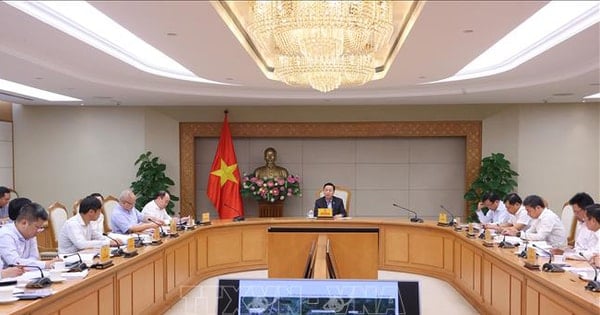

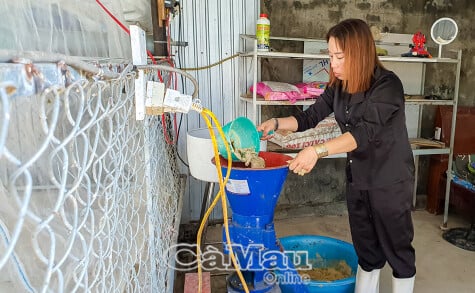
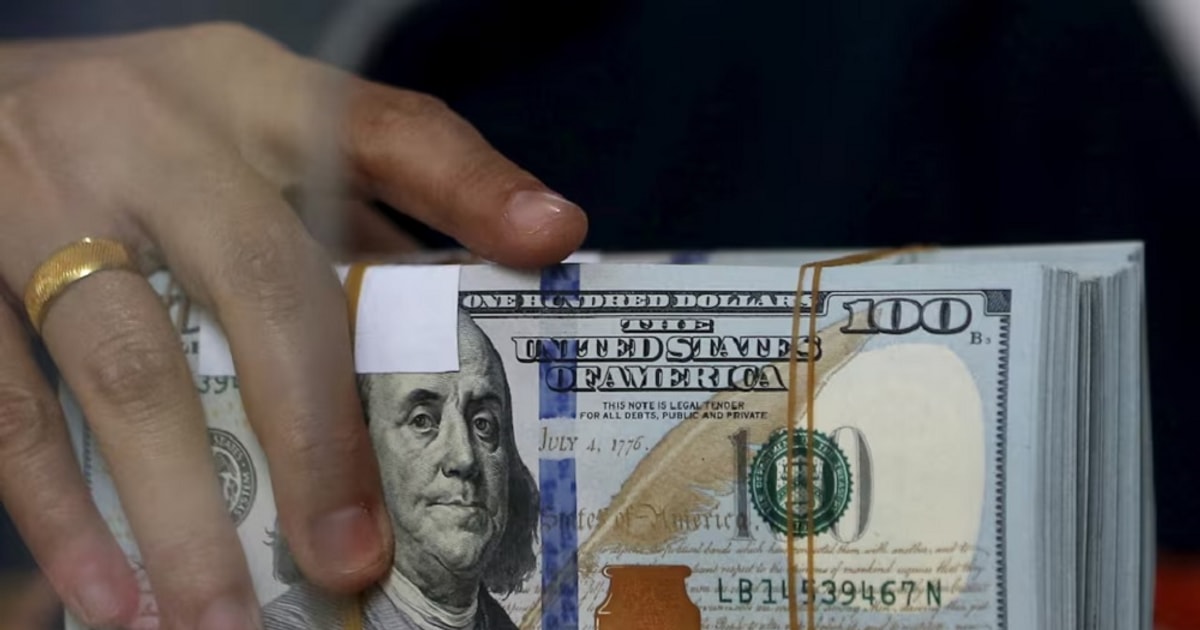
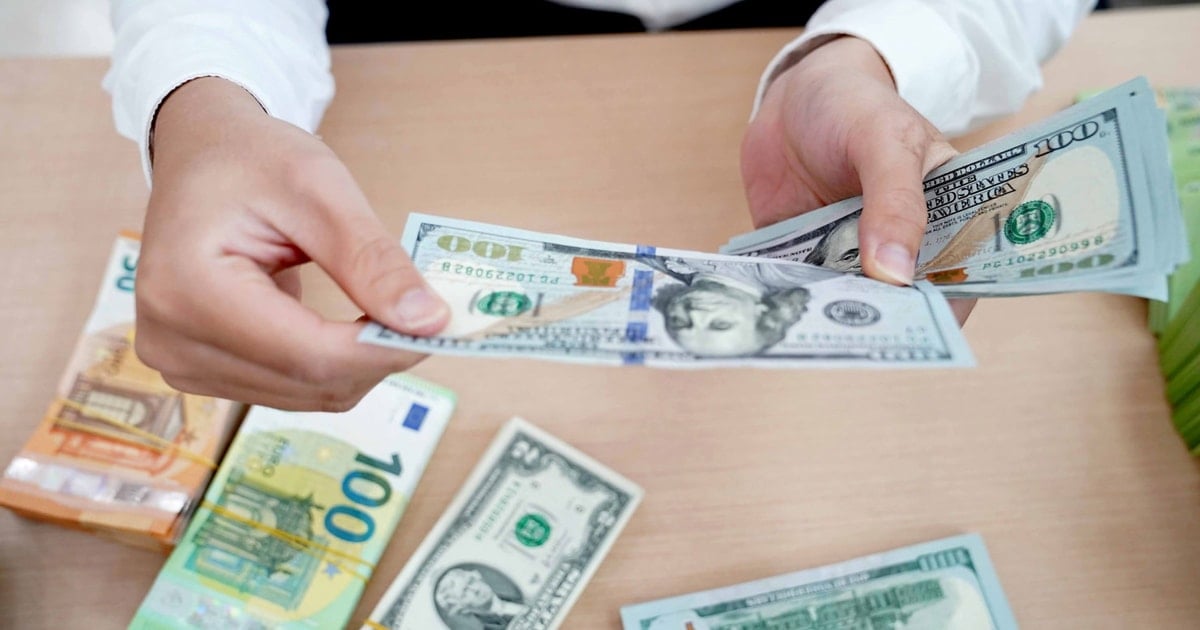





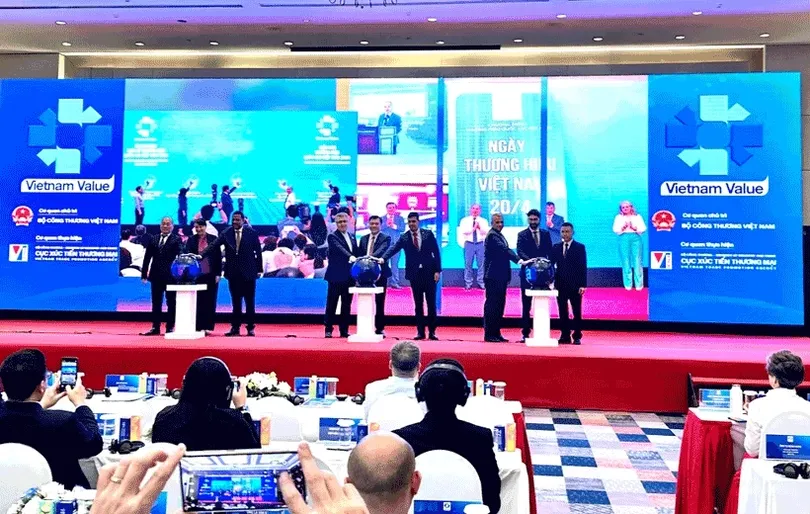

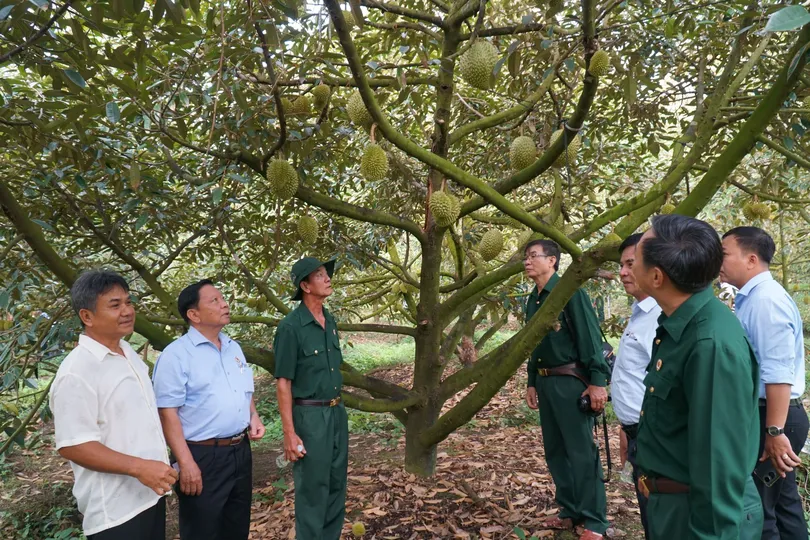
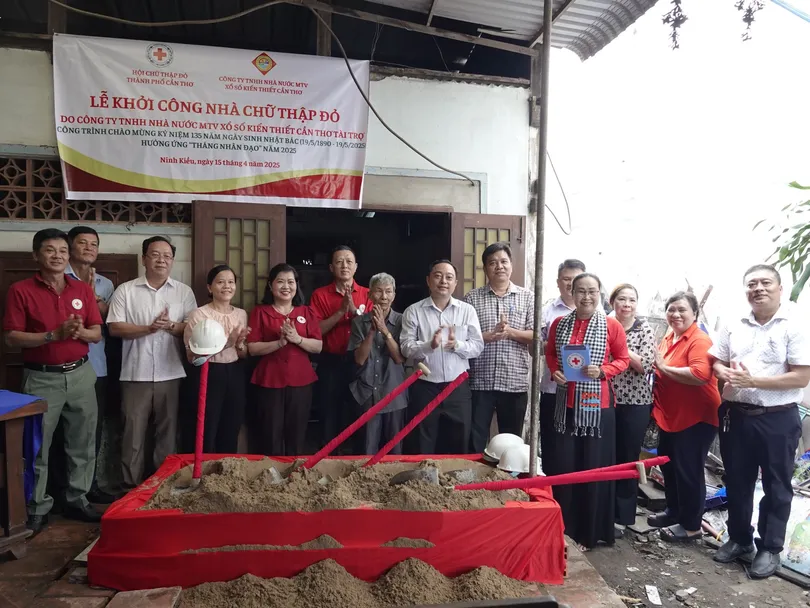
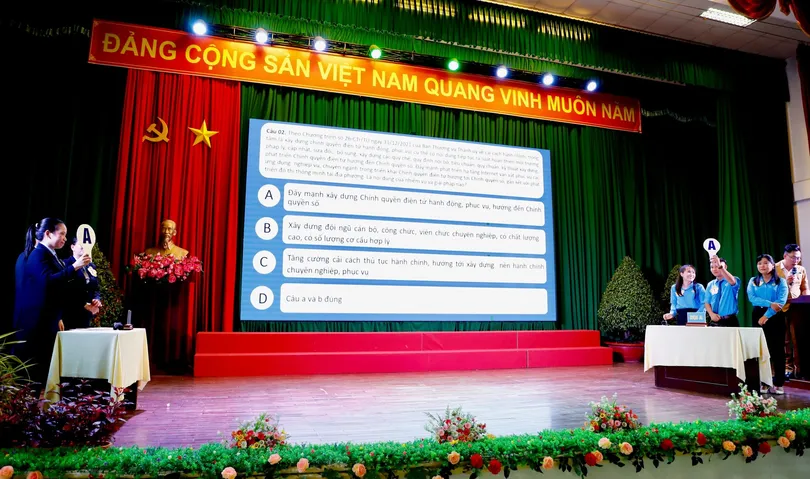

















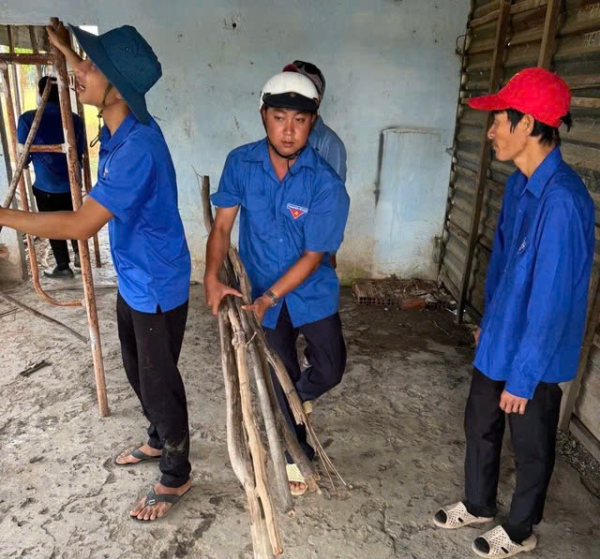








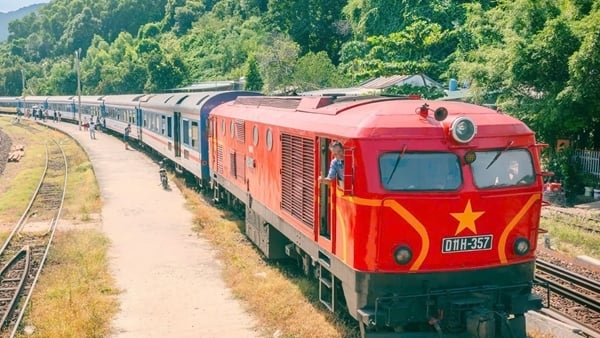



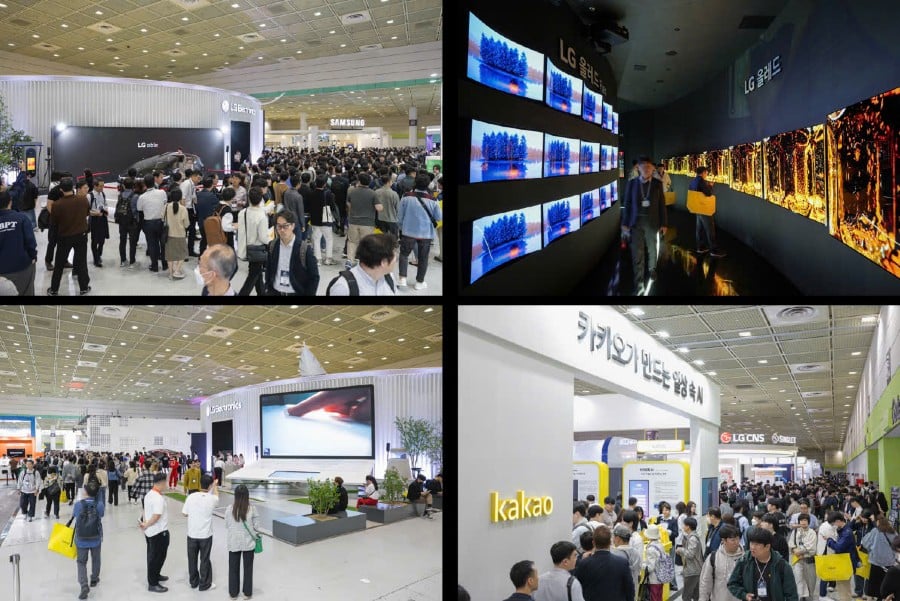


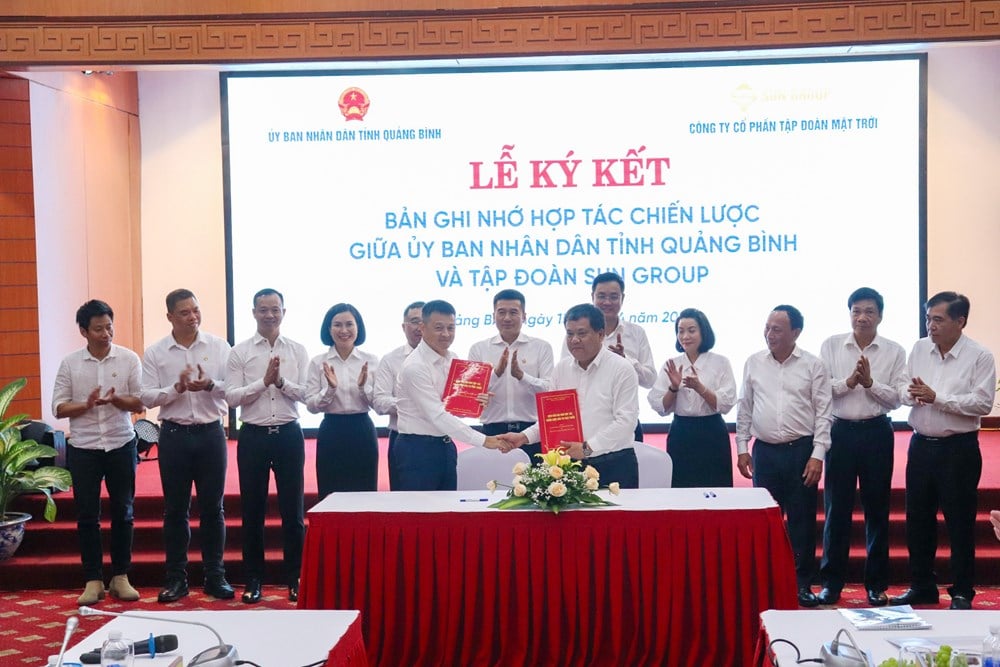



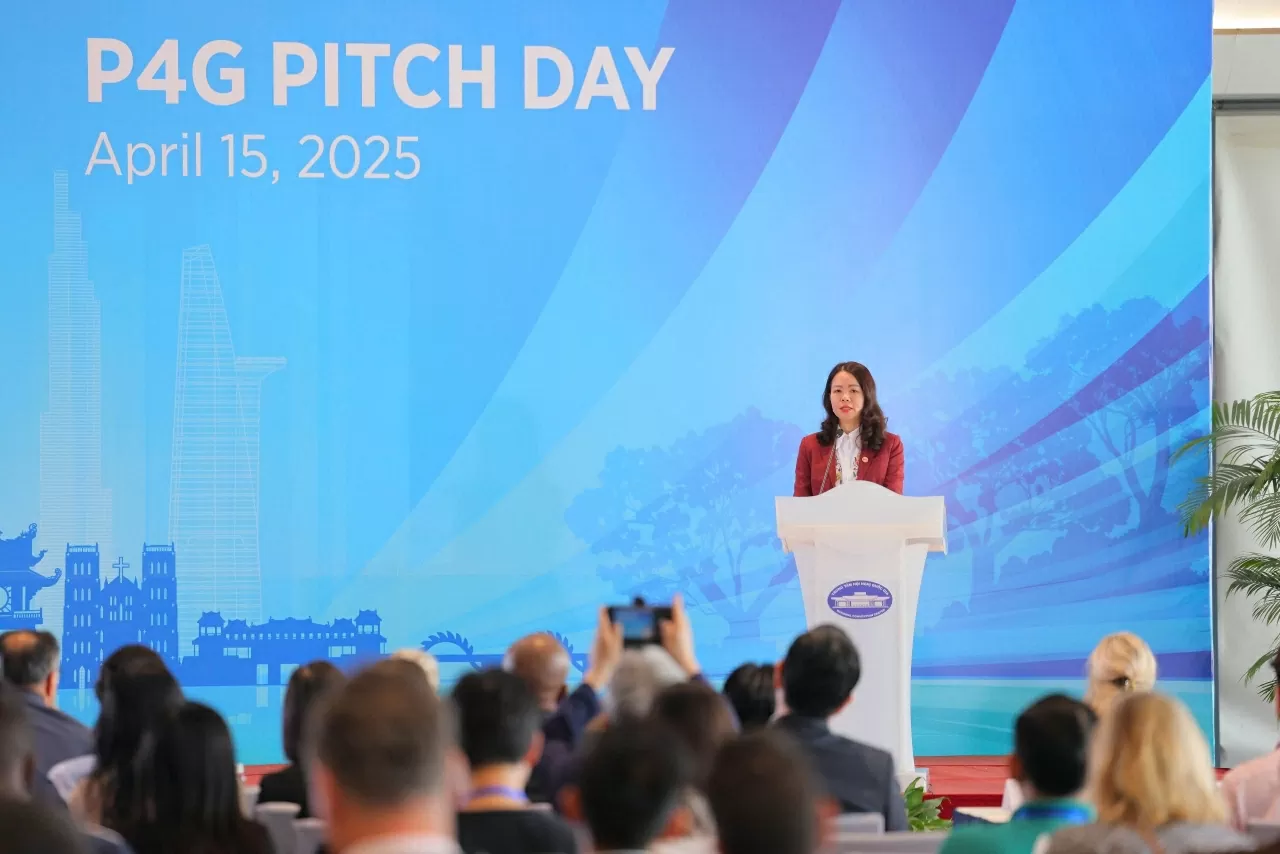

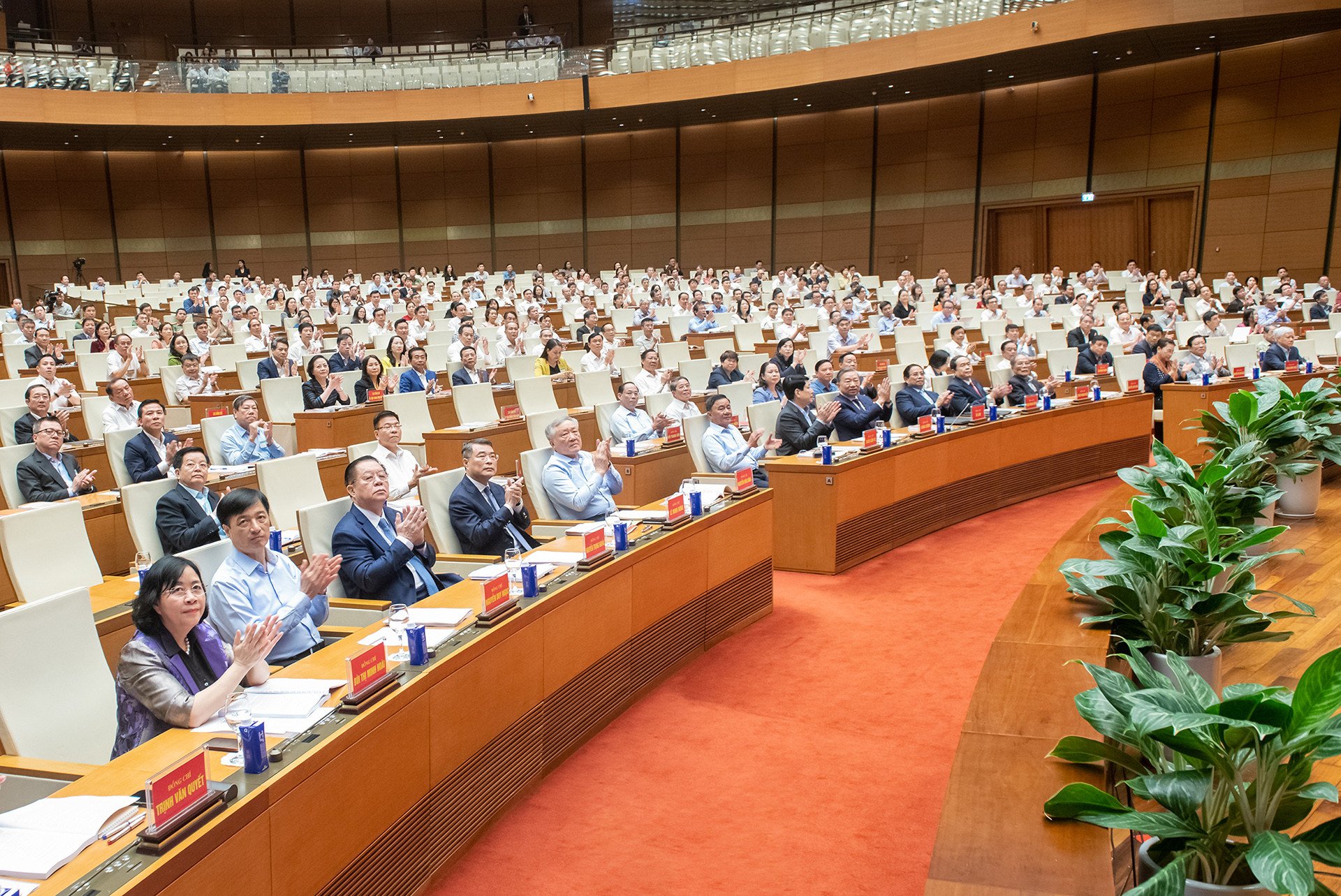


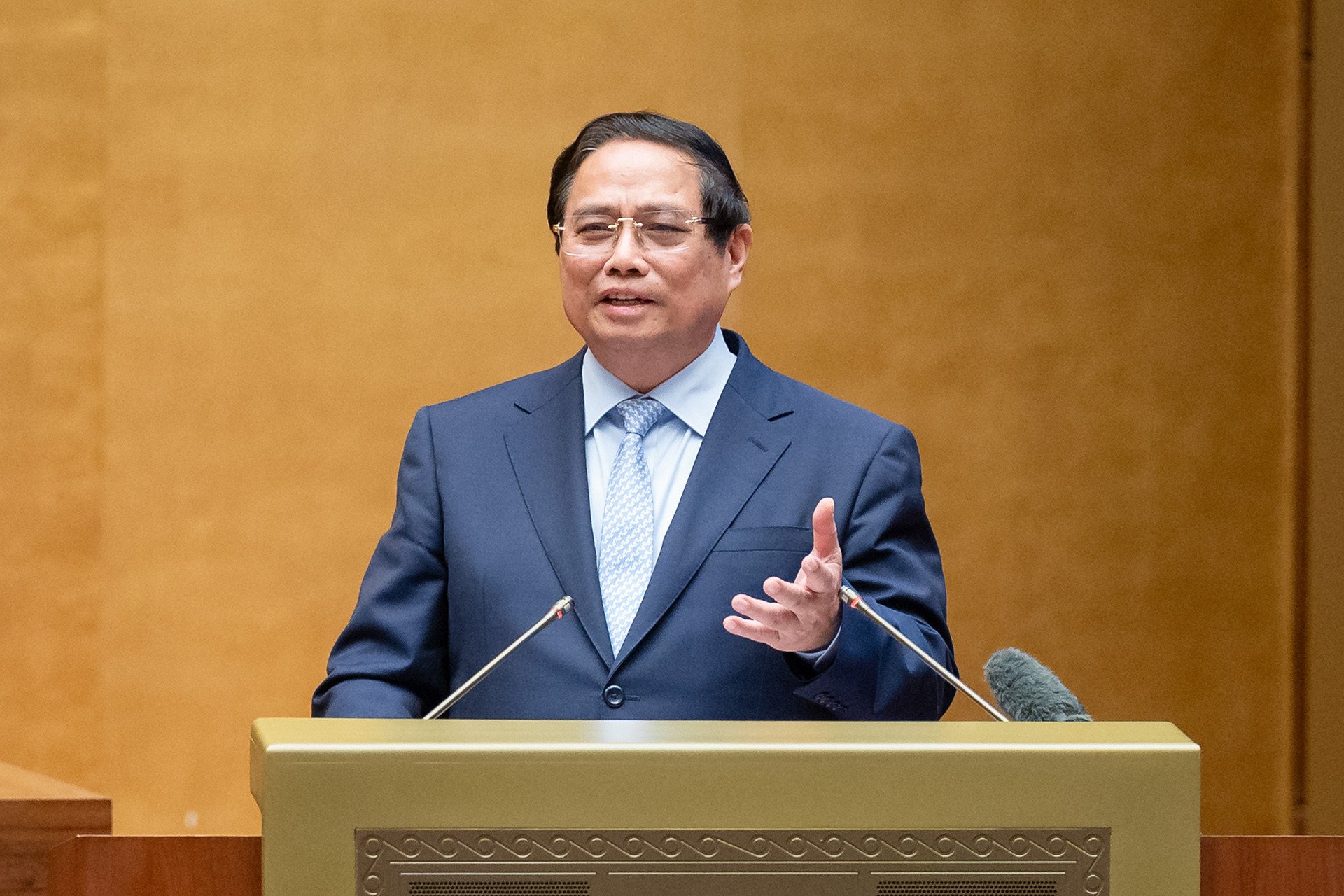

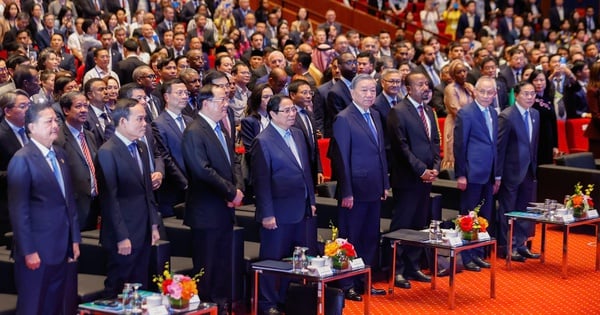



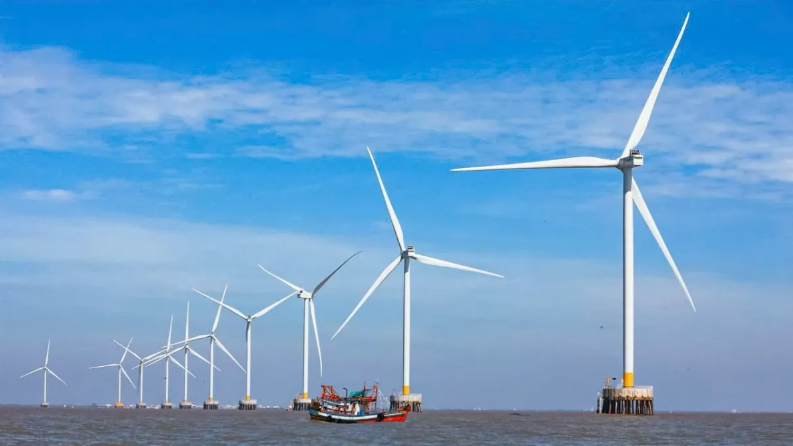
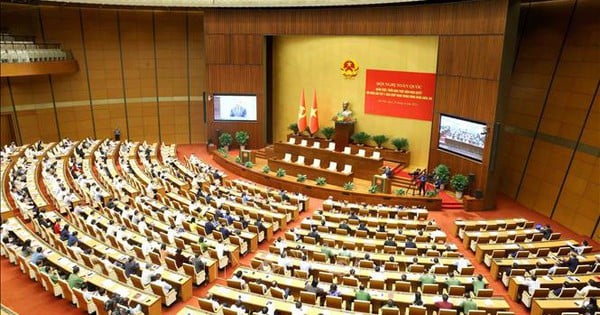
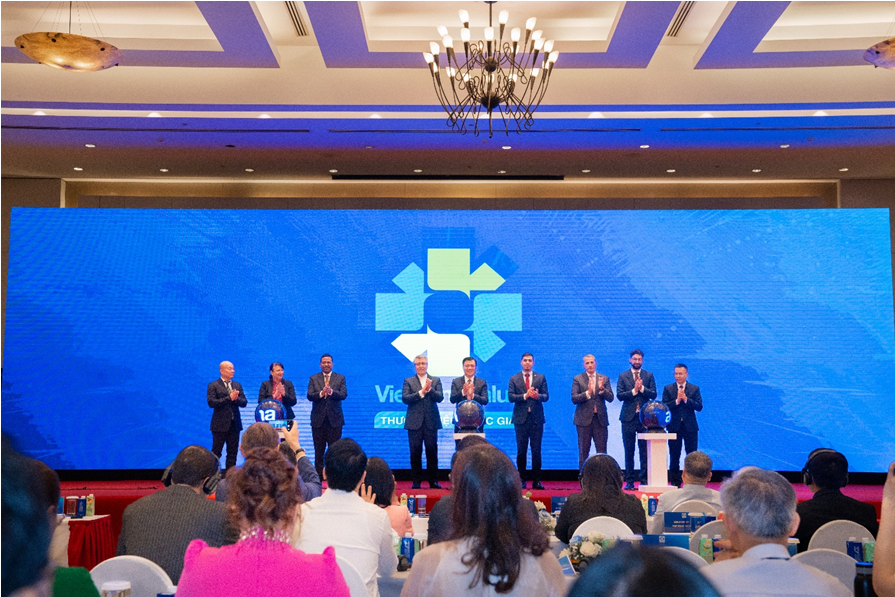
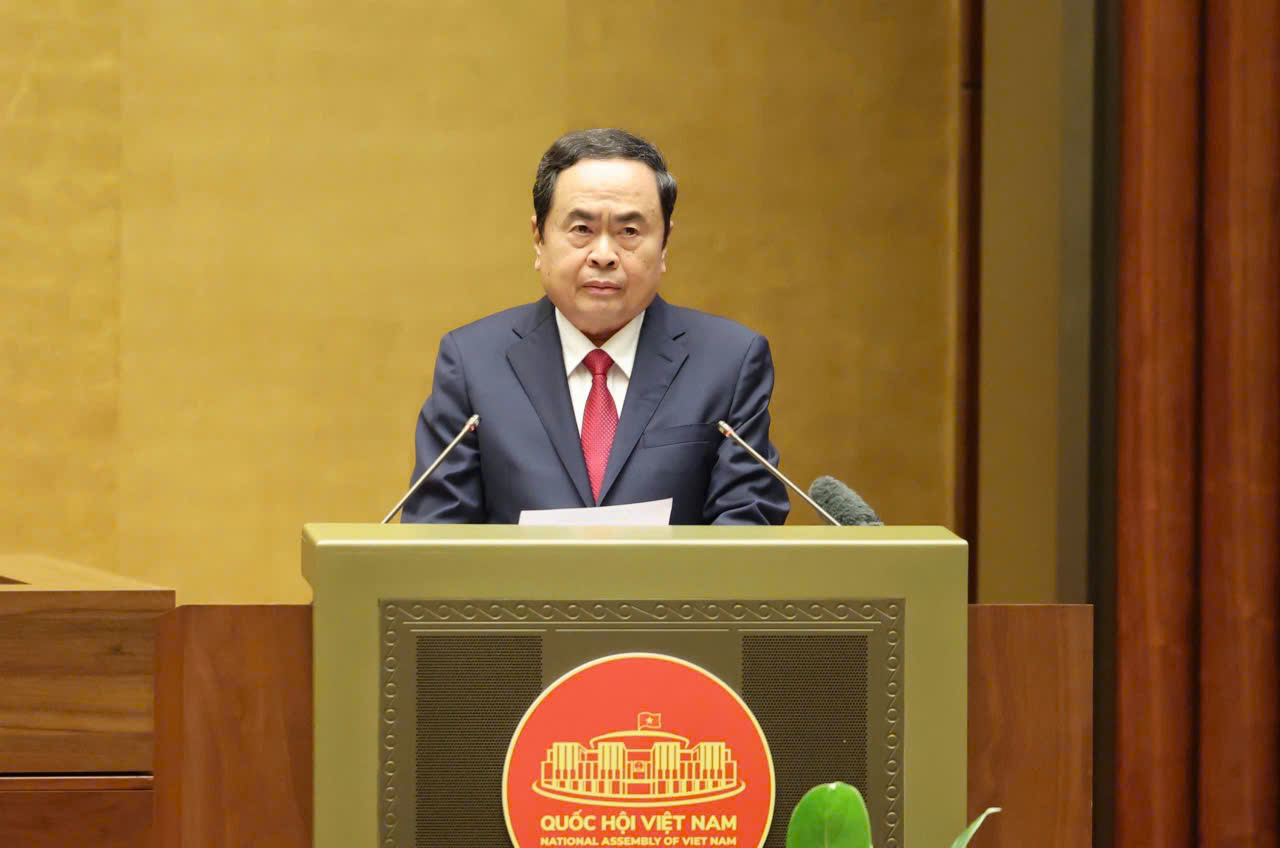

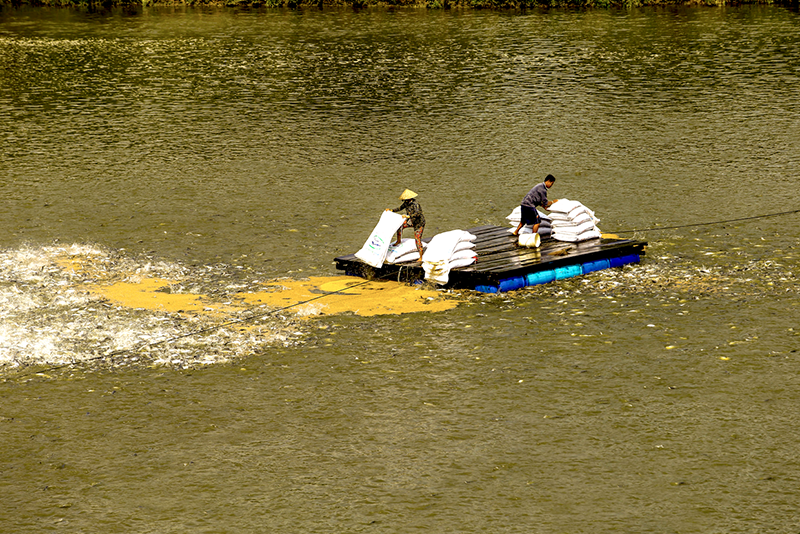
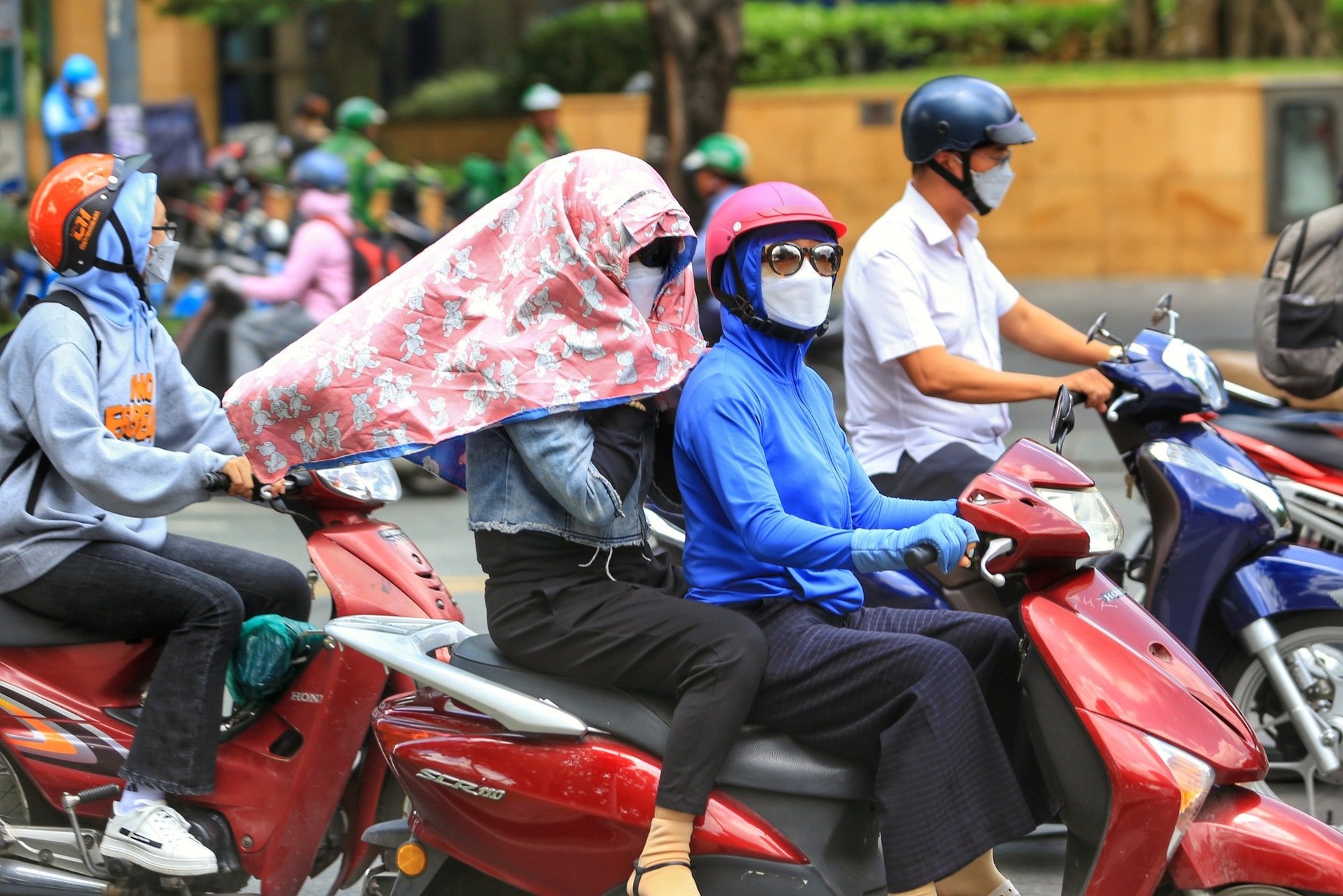
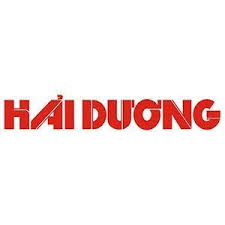



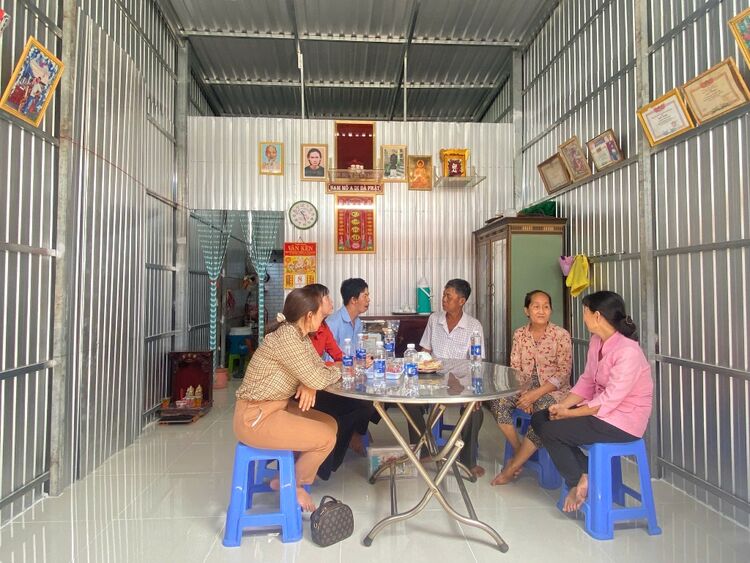
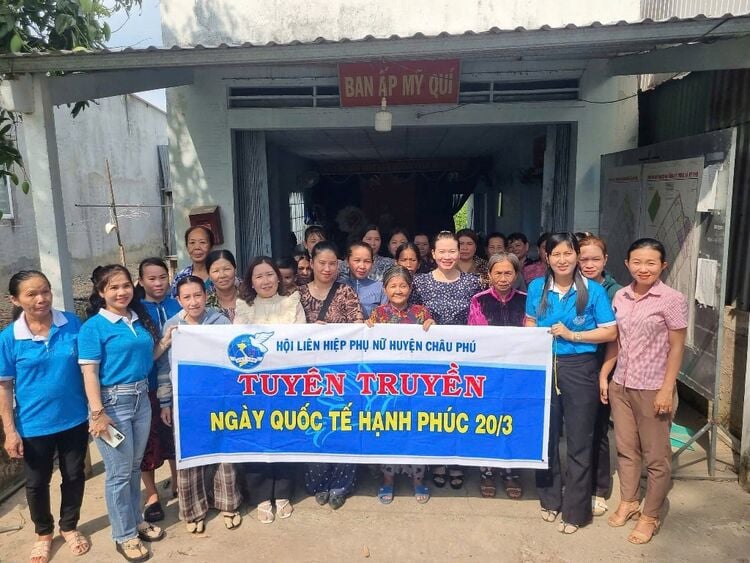
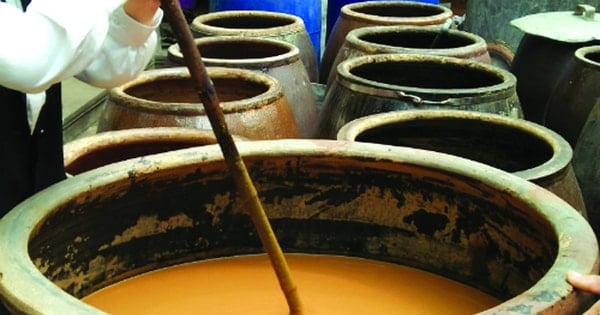
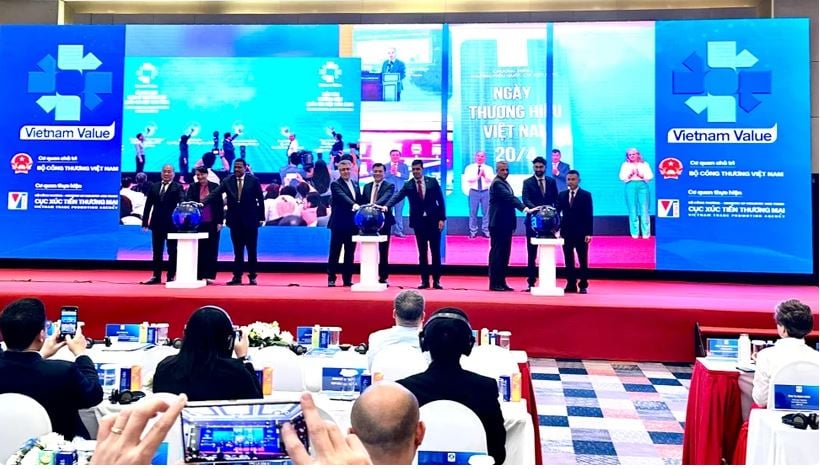

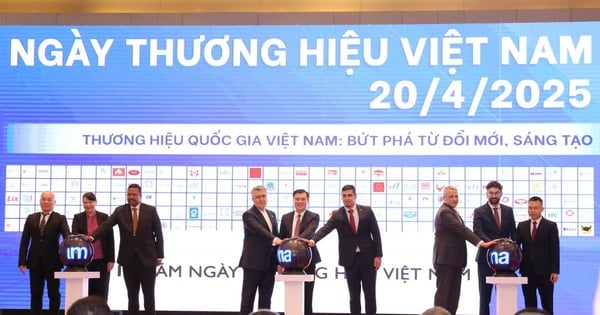
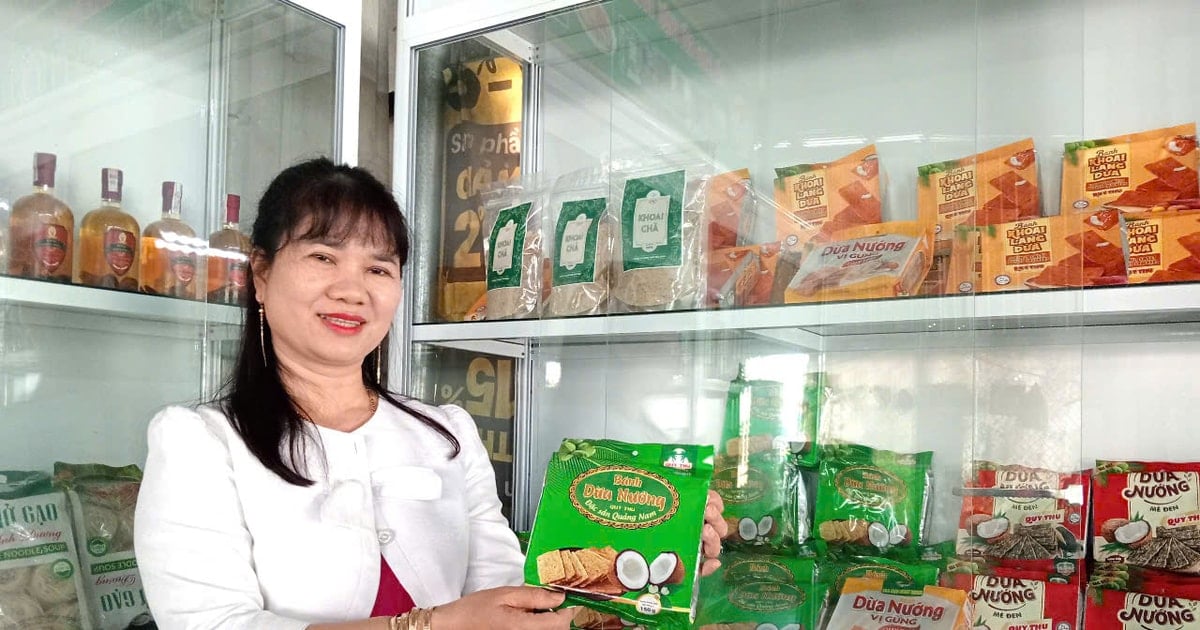

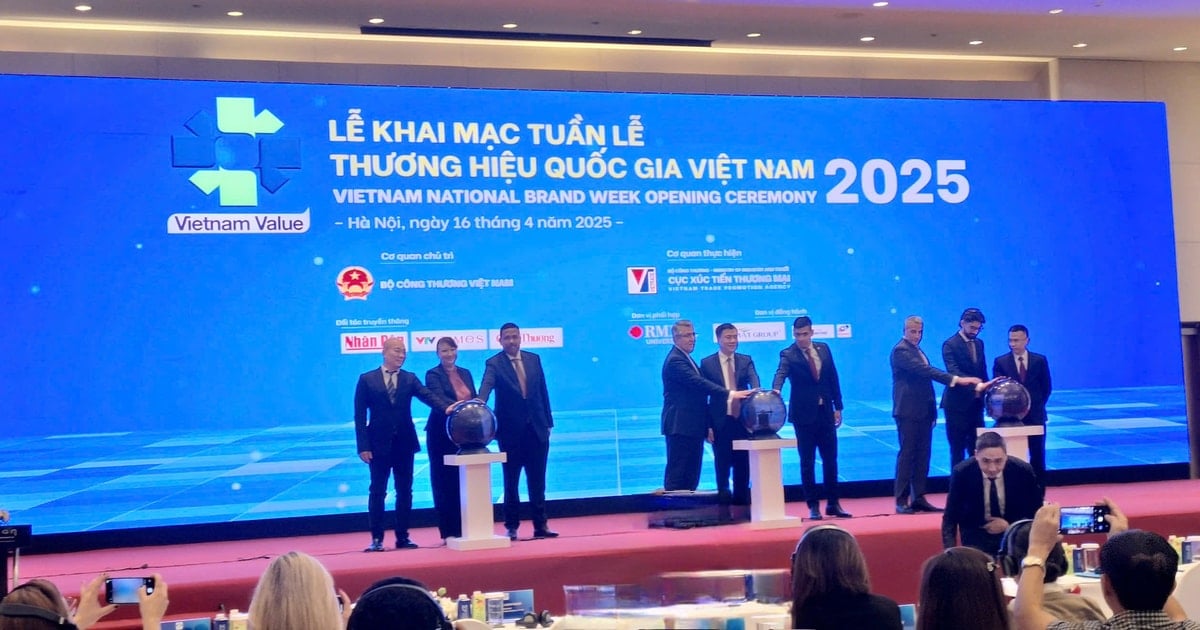

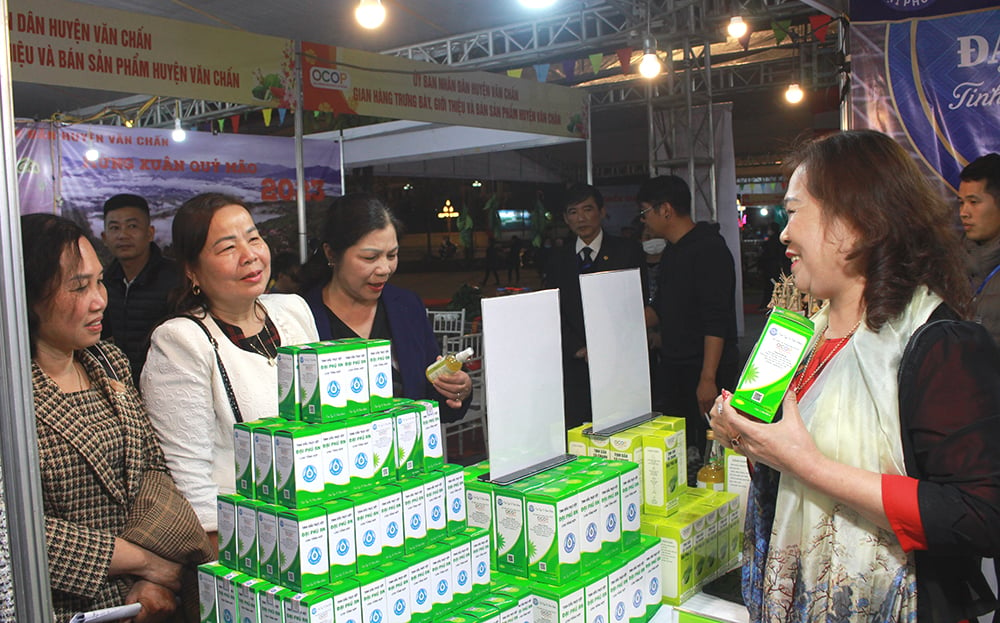
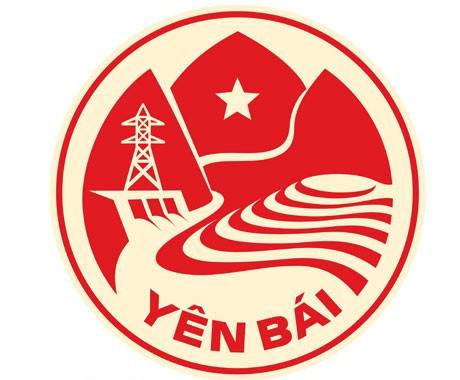
Comment (0)